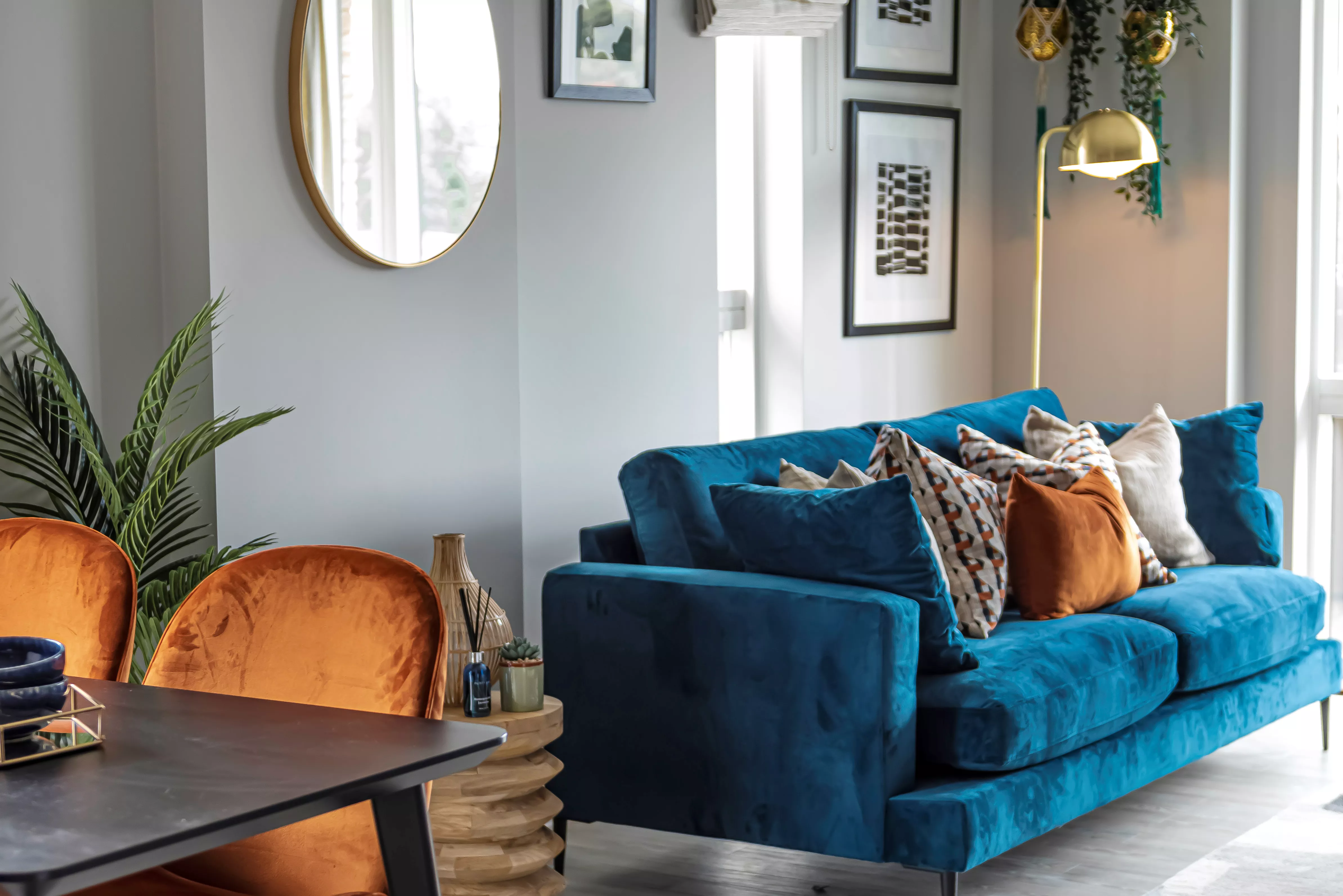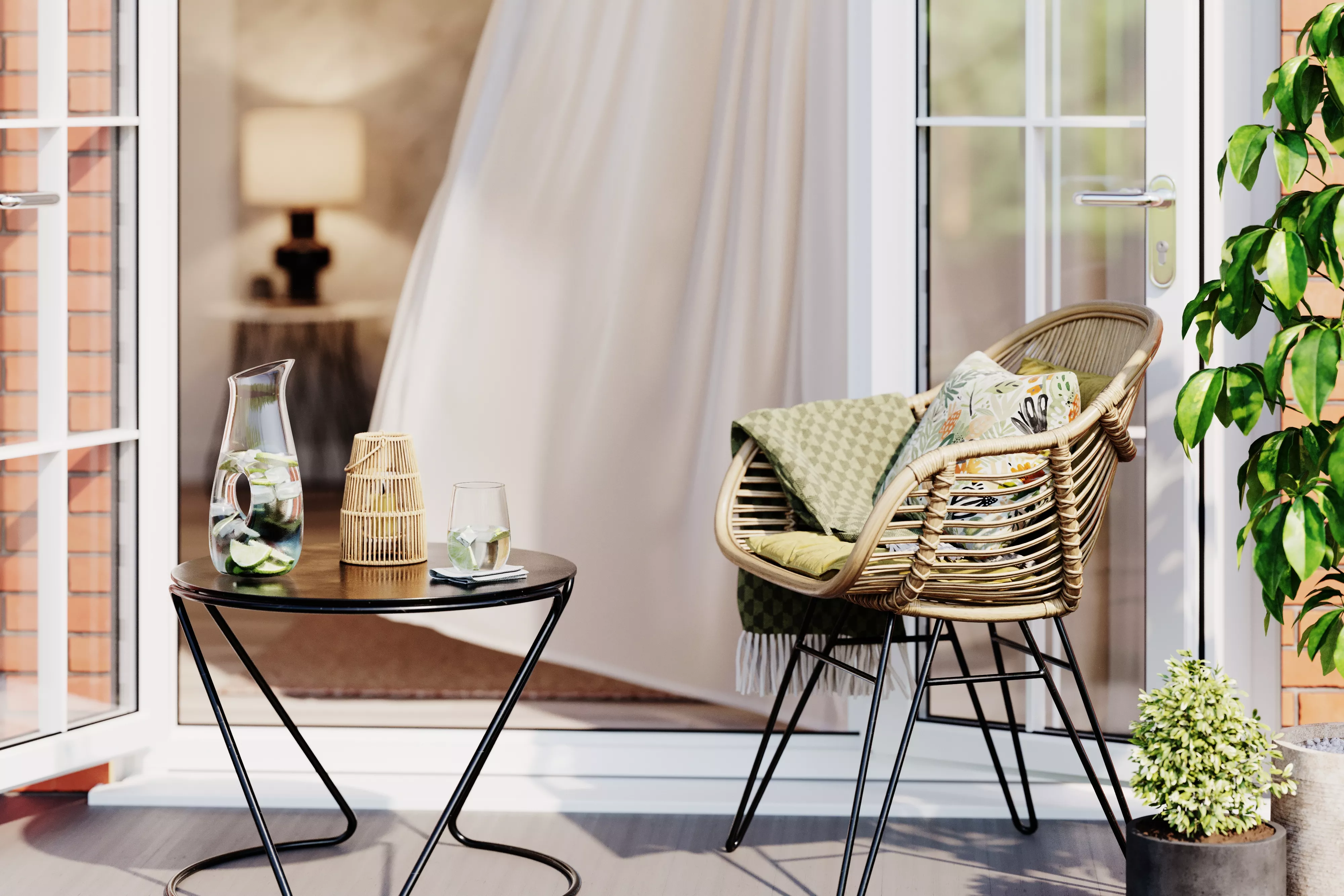Way back in 2013, the Help to Buy scheme was introduced by the UK government to give a much-needed lift to first-time buyers and people priced out of the housing market. With the boost of a government loan, thousands of struggling home-buyers were able to turn their dreams of home ownership into a reality.
But how much did Help to Buy actually help? Find out all of the answers below.
How does Help to Buy work?
Help to Buy (also known as the Help-to-Buy Equity Loan) is a government-backed scheme that gives first-time buyers extra money to buy their first home. If you have saved a 5% deposit towards your dream property, the government tops up your deposit with a loan of up to 20%. To help open up home ownership to those who really need it, the scheme was only directed at first-time buyers.
How successful was Help to Buy?
The Help to Buy scheme had bold intentions, but did it achieve them? According to Stewart Baseley, Executive Chairman of the House Building Federation, the scheme was extremely successful in enabling “thousands of people to realise their dream of owning a home, the vast majority of whom are first time buyers on average incomes”.
But if you need some cold, hard evidence, here are some of the most eye-catching stats from 10 years of Help to Buy:
● 291,903 properties were bought using the scheme.
● 82% of all homes purchased were by first-time buyers.
● £17.4 billion was the total value of the loans given
● £72.9 billion was the total value of the properties bought using Help to Buy

Wondering what kind of homes Help to Buy users bought? In the most part, Help to Buy gave first-time buyers increased access to houses, including terraced and semi-detached properties, while a smaller proportion used the scheme to buy flats.
● 18% used Help to Buy to purchase flats.
● 82% used to scheme to buy houses, from detached to semi-detached and terraced houses.
Crucially, Help to Buy made a big difference to people on lower household incomes. The majority of first-time buyers who used the scheme had household incomes ranging between £20,000 and £50,000.
● 51% of borrowers had household incomes between £20,000 and £50,000.
● 2% of applicants had household incomes below £20,000.
● 5% of applicants had household incomes above £100,000.
Want to find out more? You can find all of the statistics at the GOV.UK site

Life after Help to Buy
As Help to Buy draws to a close, you might wonder - what can first-time buyers turn to now? Fortunately, there are still a few government schemes that are designed to make home-buying more affordable. Here are two of the most popular options right now:
Shared Ownership
If you are looking for something to fill the gap of Help to Buy, Shared Ownership stands out as one of the best affordable home ownership schemes. Shared Ownership allows you to buy a smaller share of your property and pay subsidised rent on the part that you don’t own - saving you the hassle of saving up a hefty deposit.
Usually, you are allowed to buy an initial share of 25% or 75% of the property value, while taking out a mortgage to pay for a smaller share of the purchase price. From here, you then have the option to buy more shares in your home through ‘staircasing’, which reduces the amount of rent you pay. You’ll be able to enjoy the perks of home ownership, without taking on a huge financial burden.
Rent to Buy
If Shared Ownership doesn’t suit your circumstances, Rent to Buy is an excellent alternative. Rent to Buy enables you to rent a new property at a 20% discount, resulting in a price that is much less than the market rate. Because you’ll be saving money on your rent, you’ll get extra breathing room to save for a deposit for a home of your own. After 2 years using Rent to Buy, you then get the option to purchase your home on a Shared Ownership basis.
Ready to buy a home with Peabody?
Whether you want to take advantage of Shared Ownership or Rent to Buy, Peabody can make owning an affordable home easier than ever.
With a range of new build properties located around London, you’ll have no problem finding a home in an area you love.